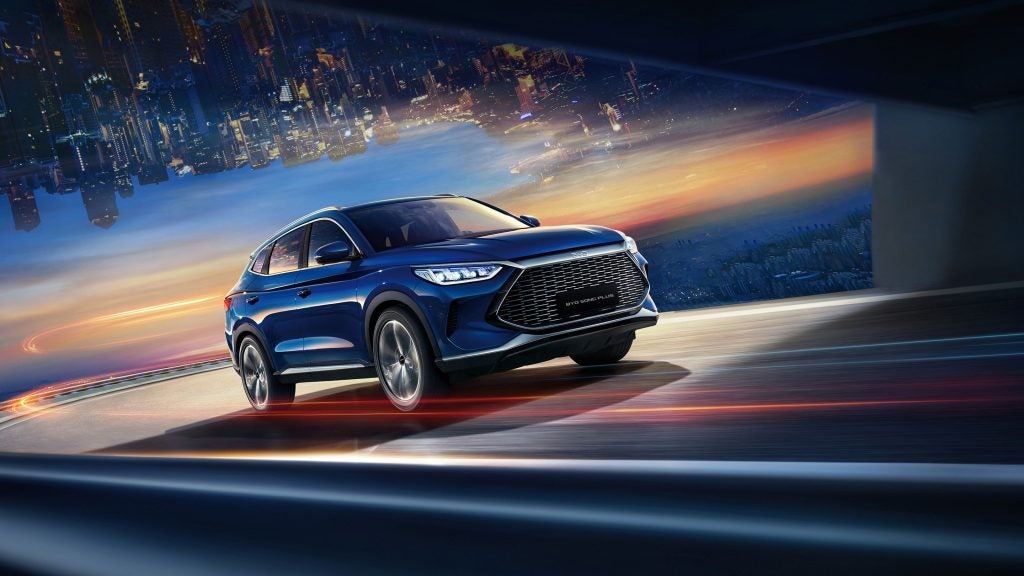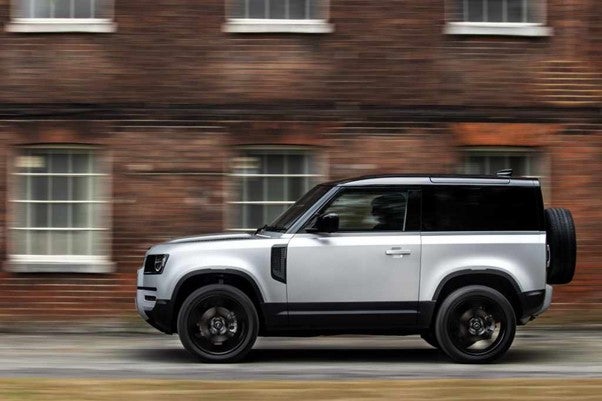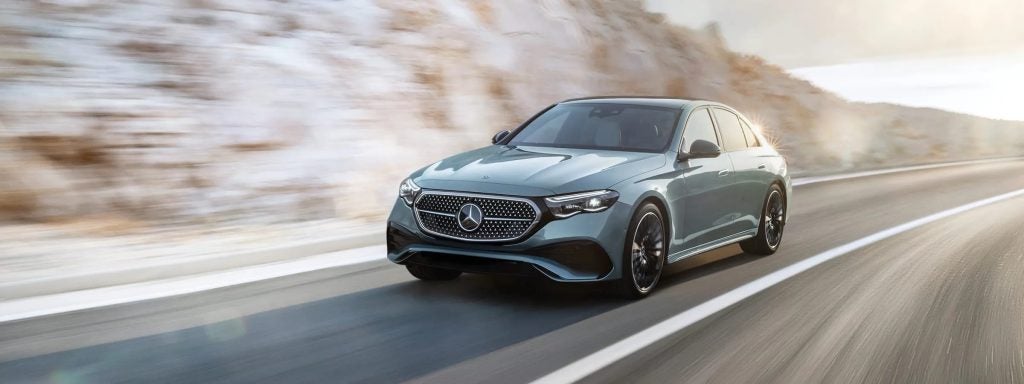Kia will introduce nine all-new models between now and 2018 as it seeks to continue the momentum which will this year see it break the 3m sales barrier for the first time, including a record 385,000 in Europe.
Five of those newcomers will be replacements, starting with the new Optima and Sportage later this year and early next. But there will also be four products in new sectors for Kia, including an Optima estate based on the Sportspace concept from the 2015 Geneva show, a dedicated hybrid with distinct crossover overtones and a rear-wheel-drive sports car with its roots in design president Peter Schreyer's GT concept.
Kia will also make more widespread use of its new T-GDi 1.0-litre turbo engines and seven-speed double-clutch transmission, which have just gone into the Cee'd, and introduce a plug-in hybrid version of the Optima and an electrified version of the next-generation Cee'd.
What Kia does not yet have is the regional self-sufficiency and global footprint of its partner company, Hyundai. Kia has minimal presence in the major South American markets, and none at all in India, whereas Hyundai has manufacturing bases in both. And while Hyundai can supply 90% of its needs in Europe from its factories in the Czech Republic and Turkey, the figure for Kia is 56% from its plant at Zilina here in Slovakia.
But things are changing. Next year Kia will start production at a new facility in Mexico which will give it tax-free access to South America while the capacity of the Slovakian plant has been upgraded from a nominal 300,000 (it actually turned out 323,000 in 2014, plus close to 500,000 engines) to 350,000. Zilina has now produced over 2m cars and 3m engines since beginning operations in 2005. It is capable of manufacturing eight body styles in random sequence, although it currently focuses on five – three versions of the Cee'd plus the Sportage and Venga. Some 55% of its output is of the Sportage with the Cee'd line accounting for 36%.
In the European market, Kia's two shining lights are the UK and Russia which each contribute around 14% of the company's sales in the region. But while Russia is struggling with western sanctions imposed after its annexation of the Crimea, the UK is booming and even managing to make up for the difficulties being felt in other countries.
How well do you really know your competitors?
Access the most comprehensive Company Profiles on the market, powered by GlobalData. Save hours of research. Gain competitive edge.

Thank you!
Your download email will arrive shortly
Not ready to buy yet? Download a free sample
We are confident about the unique quality of our Company Profiles. However, we want you to make the most beneficial decision for your business, so we offer a free sample that you can download by submitting the below form
By GlobalData"The real market in the UK is somewhere between 2.4 and 2.45m but excess production from Europe is coming to the UK," said Paul Philpott, the president and CEO of Kia's UK division. "That means there are some crazy levels of discount. It's not sustainable and we won't do it, but it means we have had to work harder to get people to buy Kias for the past three months."







